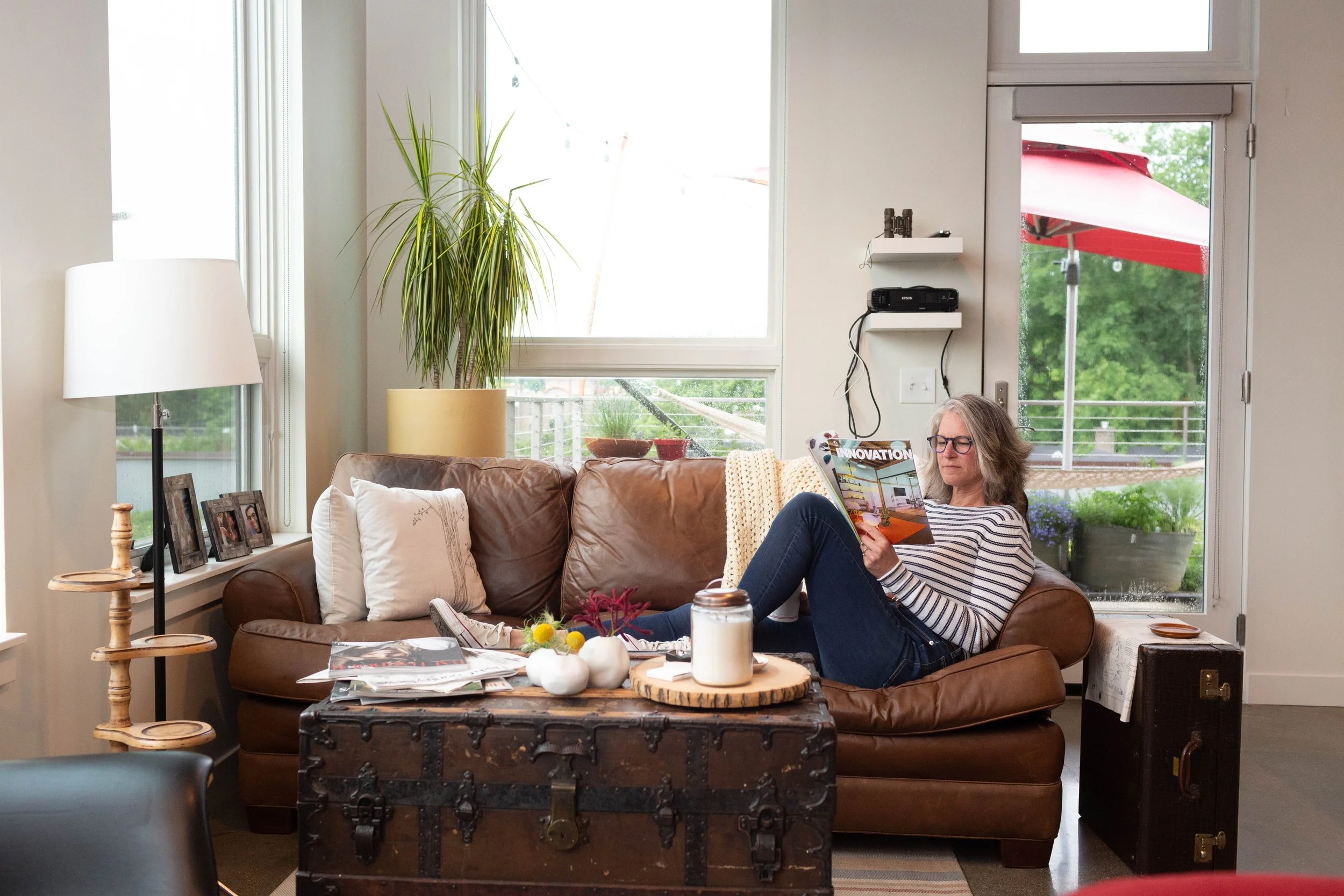The Power of Unity
Many individuals actively seek a sense of unity or "balance" in their daily tasks, a pursuit that has become a widespread phenomenon. The competence to craft effortlessness integrates action with design sensibility.
Let's explore the fundamental nature of unity, tracing its origins to the Latin word "unus," signifying oneness.
At its core, unity is about joining elements to achieve a state of wholeness. In British mathematics, it is represented simply as the number one. As Ralph Waldo Emerson astutely observed, the world lacks unity because individuals are often disunited within themselves.
Contrary to misconceptions, unity is not synonymous with weakness. It defies formulas and avoids repetitiveness. In the context of daily life, true unity integrates tasks with emotions, creating an assembly of elements that achieves a sense of equilibrium within day-to-day priorities.
Harmony and composition emerge when unity is present. Objects, emotions, and behaviors intertwine, forming a powerful driving force. As Emerson suggests, the disunity within ourselves contributes to the fragmented state of the world.
Our framework is designed to bridge this internal gap and facilitate a sense of unity into your daily activities. By understanding the principles priorities, harmony, and composition, you may appreciate how unity is more so an aim towards your quality of life.




